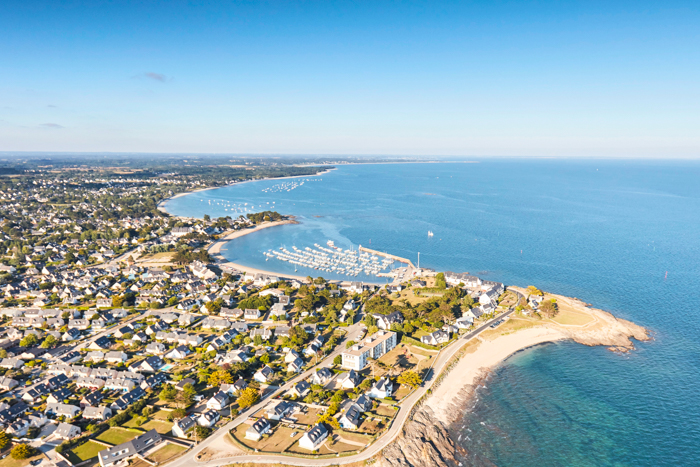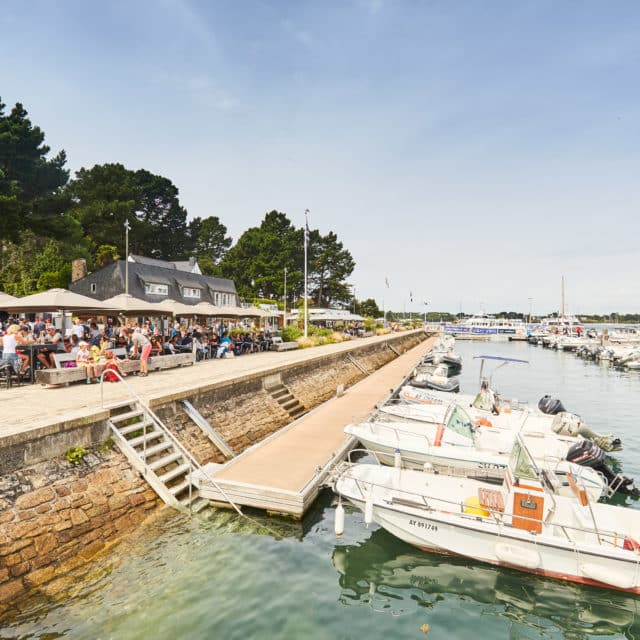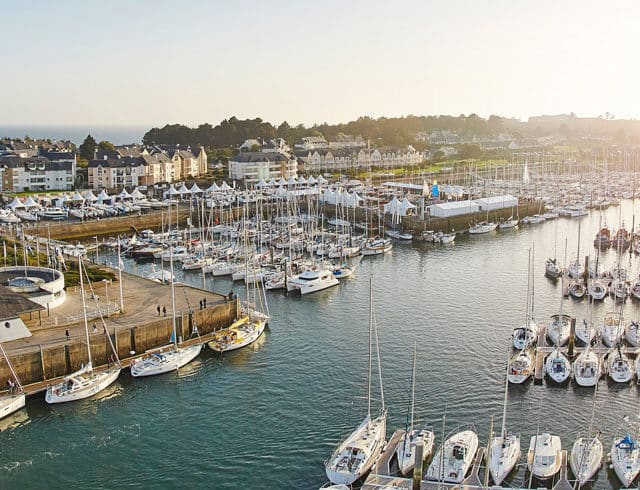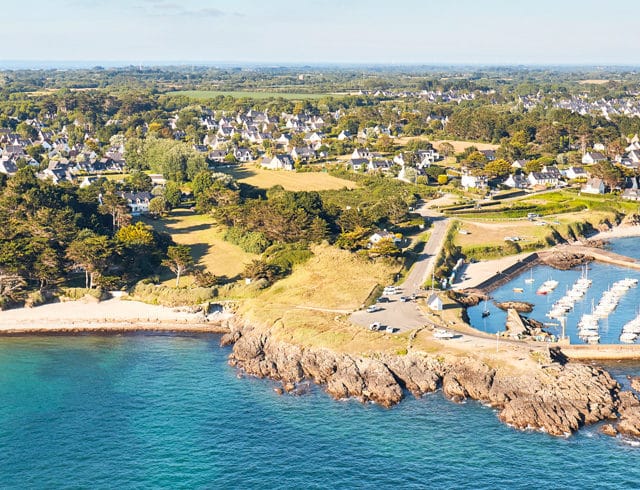Megaliths

The Gulf of Morbihan, land of megaliths
From Trédion to Colpo, from Arzon to Locmariaquer, to the discovery of : tumulus, cairn, dolmen, menhir, covered alley, megalithic enclosure… The megaliths mark out the territory and recall that our ancestors were infatuated with the Gulf and the Rhuys Peninsula since the Neolithic period.
A little vocabulary
MEGALITH : from the Greek megas, big and lithos, stone. Monument made up of one or more monumental stones. Menhirs, dolmens, alignments and cairns are different types of megalithic architecture.
DOLMEN : traditional name for a stone burial chamber, most often with a monumental cover slab, the remains of a monument covered by a tumulus or cairn, often disappeared by erosion or human action.
MENHIR : traditional name for an upright stone stele, which can be isolated or be part of a monument such as an enclosure or an alignment. CAIRN : architecture mostly made of dry stones covering one or several graves with a corridor.
TERTRE OR TUMULUS : artificial mound mainly composed of earth covering a burial in the form of a closed vault or cist, without access corridor. The term tumulus is more vague, when the interior architecture remains unknown.
MEGALITHIC ENCLOSURE : megalithic ensemble made up of upright stones, forming an open space in the shape of an arc or a horseshoe (megalithic enclosure of Er Lannic), or, more rarely, quadrangular. It should be noted that complete stone circles, like the more recent monument of Stonehenge in England, do not exist in southern Brittany.
A LITTLE HISTORY: FROM THE FIRST MEN TO THE GALLO-ROMANS

THE PALEOLITHIC
Evolution of Man, then a nomadic hunter-gatherer. At the glacial maximum, around 22,000 BC, the sea level was 120 m lower, leaving the coastline beyond Belle-Ile-en-Mer. Brittany was only visited during the most favorable climatic periods.

THE MESOLITHIC
Man, still living on a predatory economy, adapted to the post-glacial climate warming and the development of the forest. The oldest cemeteries in southern Brittany date from this period, built in the shell mounds of Téviec and Hoëdic.

THE NEOLITHIC
Period of the beginnings of agriculture, breeding and sedentarization in village communities. Emergence of megalithism from the Middle Neolithic on the Atlantic coast.

AFTER THE NEOLITHIC
After the Neolithic, the Metal Ages (Bronze Age and Iron Age) followed, during which the megalithic monuments were sometimes visited and even reoccupied, until the Roman conquest at the beginning of our era.
- Discover also : the portrait of Yves Coppens : paleontologist from Vannes [FR]
The megalithic sites of the Gulf of Morbihan
23 Results

- PLAUDREN
Allée couverte Men Gouarec
The covered walkway is located between Kerdiren...

- SARZEAU
Menhir Kermaillard
This beautiful granite monolith is decorated wi...

- SARZEAU
Dolmen de Lannek-er-Men
This dolmen located on the road to the Pointe d...

- ARZON
Tumulus de César
The Cesar Tumulus (very visible 150 m from the ...

- GRAND CHAMP
Dolmen Lost er Lenn
This monument threatened with disappearance was...

- PLAUDREN
Dolmen de la Grée
Located in front of the farm of La Grée, this m...

- PLAUDREN
Alignements La Croix-Pin
Located a hundred meters south of the large cro...

- COLPO
Dolmen de Larcuste
The Larcuste site is located to the south-east ...

- TREDION
Allée couverte La Loge au Loup
Its two rows of braced supports form its origin...

- TREDION
Menhir La Loge au Loup

- ILE AUX MOINES
Dolmen de Penhap
Located on a promontory in the part of Ile aux ...

- ILE AUX MOINES
Enceinte mégalithique de Kergonan
This enclosure is located at the center of Ile ...

- ARZON
Cairn of Petit Mont
Want to travel back in time since prehistoric t...

- LARMOR BADEN
Cairn of Gavrinis
A prehistoric gem on an island in the heart of ...

- PLAUDREN
Sépulture sous roche du Men Guen Lanvaux
Cette sépulture ressembla à une allée-couverte ...

- ARZON
Covered Alley Grah Niol
The Allée Couverte du Grah Niol (hill or mounta...

- TREDION
Dolmen à couloir de Coëby - 2
Large corridor dolmen located on the edge of th...

- TREDION
Dolmen à couloir de Coëby - 1
This dolmen has a trapezoidal chamber and very ...

- PLESCOP
Dolmen du Palastre
Le dolmen du Palastre est assez dégradé, il mes...

- COLPO
Allée couverte de Kerjagu
Located to the south of the village, in the cor...

- SAINT GILDAS DE RHUYS
Dolmen de Men Maria
Located at the western end of Port aux Moines, ...

- ARZON
Dolmen de Bilgroix
Covered alley built between 2900 and 2500 BC. ...

- PLAUDREN
Menhir Quenouille de Gargantua la Croix Pin














